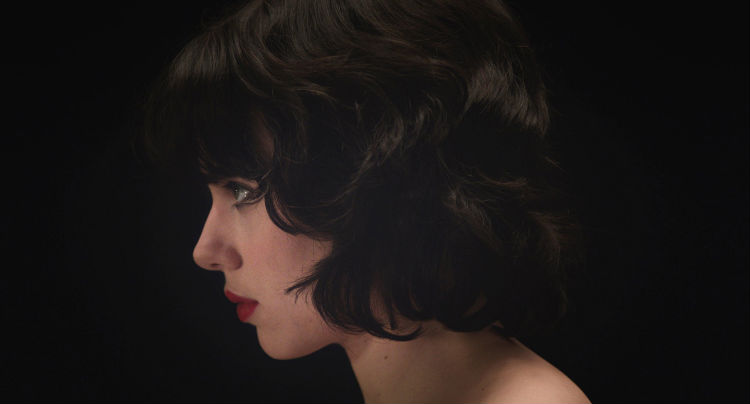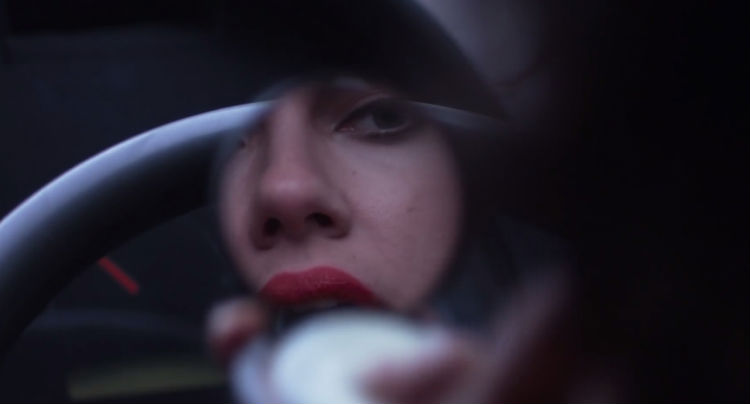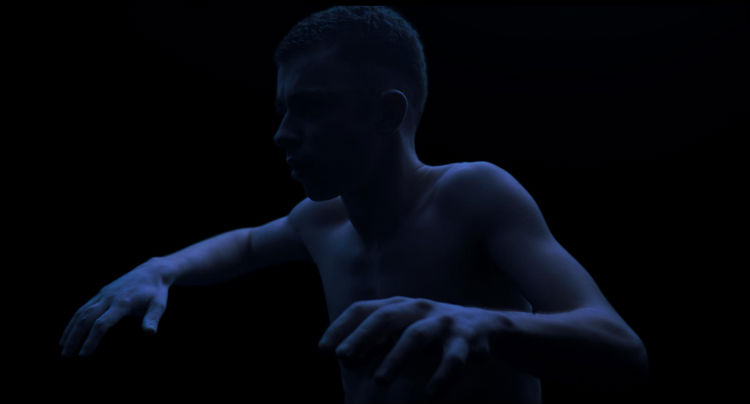
Under the Skin is all about the experience, about soaking up Glazer's otherworldly nightmare like a sponge.

Under the Skin is all about the experience, about soaking up Glazer's otherworldly nightmare like a sponge.
Jonathan Glazer’s otherworldly Under the Skin feels somehow…forbidden. Hyper-artistic movies like this are a rare species, unwelcome in the tentpole Hollywood landscape. And yet, at the center of the film is one of the most recognizable young actresses in the industry, Scarlett Johansson, in one of her best, most sophisticated turns yet as an alien in a woman’s body preying on hapless human males. Entrancing, sensual, and tantalizingly oblique, Under the Skin is evidence of a visionary filmmaker breaking free of cinema conventions like Tarkovsky and Kubrick before him.
Following an expressionistic opening sequence that feels at once gargantuan and microscopic, we’re taken to the urban sprawl of Glasgow, where Johansson (nameless) scans the city streets for men out of a crappy van. Some of the men she attempts to seduce are real-life Glasgow citizens, unable to recognize Johansson under her dark wig and British accent and clueless to the fact that Glazer has fitted the van with small cameras ready to capture the unscripted interactions. Johansson is brilliant, vacant and still when alone and perusing, vivacious and perky when potential victims approach. She offers to give them a ride in her signature sexy rasp–an offer few men would refuse.

Whenever she does manage to successfully ensnare an unwitting chap, she takes him back to a ratty cottage on the edge of town where she disposes of them in a sickly inventive way only someone like Glazer could dream up. Spoilers would be unjust, but what’s certain is that these sequences–the mood, the sights, the sounds–will be burn onto your brain like an exotic tattoo. It’s gruesome and gorgeous. The futuristic, oddly tribal theme music that rings throughout is as terrifyingly catchy as Jaws.
Slowly, something begins to bubble to the surface of our icy huntress, something resembling empathy. A turning point comes in the form of a facially deformed young man, who elicits an unlikely act of kindness out of the once emotionless predator. As Johansson’s character begins to develop new layers of humanity, the film reveals that there are substantive ideas about gender roles, domination, and alienation running underneath all of Glazer’s moodiness and aesthetic texturing. The film, at first perplexing, takes a familiar shape by its third act, matching the evolution (or devolution) of its protagonist perfectly. It’s an out-of-this-world examination of human nature.
Johansson is mesmerizing as a soulless being in a woman’s body, the inverse of her role in Her, in which she played a bodiless, vivacious soul. The role requires her to switch from empty vessel to aggressive seductress on a dime, and she does so effortlessly. Despite there being a healthy amount of dialogue in the film, her performance feels in tune with the silent era, as she tastefully, delicately uses her face–her incredibly emotive eyes in particular–to communicate volumes in a split second. Watching her silently, calmly observe our terrestrial home is eerie and utterly riveting.

Though Glazer clearly revels in everything abstract and amorphous (his background as a music video director is telling), he’s also a director of discipline and control. Never does a scene feel slapped together or strange for strangeness sake; every sequence stimulates not just our senses but our fears and desires.
The amount of story here could easily fit into a short film, but Glazer is a filmmaker more concerned with the “how”. As much as people will likely be bothered with decoding the evasive narrative elements of the film, Under the Skin is all about the experience, about soaking up Glazer’s otherworldly nightmare like a sponge. His third film is a cinematic anomaly, alien in both its subject matter and form, and it’s to be treasured.